Is building the Snowy Hydro scheme the smartest thing Australia ever did?
MALCOLM Turnbull says the federal government will fund a “game-changing” expansion of the Snowy Hydro, if necessary.
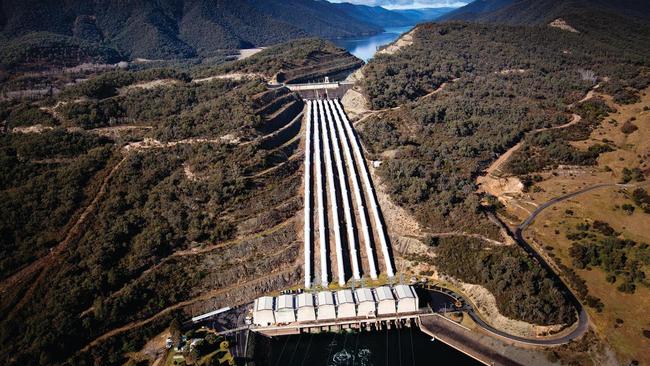
PRIME Minister Malcolm Turnbull has confirmed the government will look at a “game-changing” expansion to the Snowy Hydro-Electric Scheme, saying the federal government would fund it if necessary.
More than 40 years after it was first built, Mr Turnbull will look to the massive project to again secure Australia’s energy future.
He told reporters today that an extension dubbed Snowy Hydro 2.0, would increase the amount of electricity the scheme produces by 50 per cent and be enough to power 500,000 homes.
At a cost of $820 million, the original scheme was expensive to build at the time, but it was constructed with the capability to be expanded.
“Our forebears, our parents and grandparents planned for the future when they built Snowy Hydro and what we are doing now is completing that vision,” Mr Turnbull told reporters.
“The capacity was there, all that was missing was leadership and money, and my government has both.”
Mr Turnbull said the project was “thoroughly commercial” and the government would be providing $500,000 in extra funding for a feasibility study to review geological studies and the technology.
“It is a lot cheaper to build 27km tunnels now than it was 30 years ago. They didn’t have big tunnel boring machines like we do today,” he said.
Subject to environmental approvals and funding being available, Mr Turnbull said construction could being next year.
He said the federal government was ready to chip in to provide “extra equity” if the other owners of the Snowy Hydro didn’t want to contribute towards the expansion.
“If other shareholders didn’t wish to contribute to equity, we would contribute, subject to the feasibility being completed and all of the analysis being completed but we would stand ready to contribute more equity and increase our shareholding relative to the others,” he said.
Snowy Hydro is largely owned by NSW, with the federal and Victorian governments minority shareholders.
But Mr Turnbull said NSW Premier Gladys Berejiklian was “so excited” about the project when he spoke to her about it yesterday.
“This is commercial, this will make money for Snowy Hydro,” he said.
He said the project should also create about 500 jobs locally.
“What we are doing here today is supporting a very important game-changing development that will provide more security, greater affordability into our electricity market,” he said.
Mr Turnbull said the vision of the previous generation would be completed and developed.
“We won’t shrink away from their courage. We are going to pick it up and run with it.”
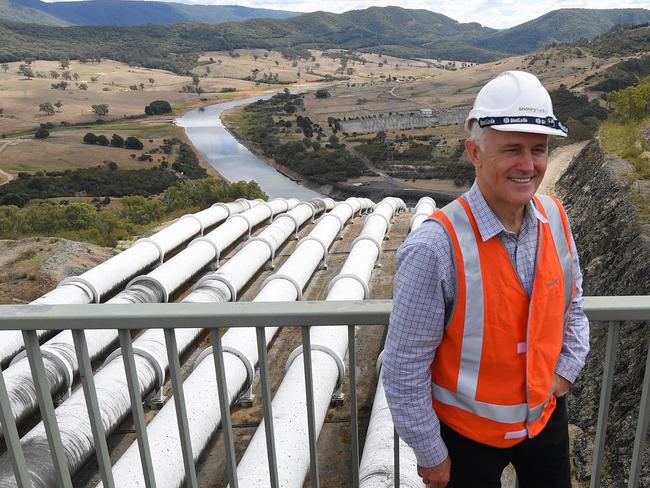
‘THEY SHOULD NOT BE GUTLESS’
Politicians are already been warned to get out of the way of the project.
A local counsellor, Dean Lynch, the administrator of the Snowy Monaro regional council, has called on politicians to “show some vision” and back the plan.
“I would expect there would be a legacy from this to the region,” Mr Lynch told AAP.
“You probably will see an influx of knowledge from around the world.”
While Mr Lynch said he thought the extension would probably cost $5 billion, not the estimated $2 billion, he urged both sides to get behind the project.
“They should not be gutless on this,” he said.
“I’m sick of gutless politicians.
“If politics brings this great initiative down it would be disgraceful. I’ll be really vocal and so should every taxpayer.”
NSW Premier Gladys Berejiklian said the project would bring in more jobs and infrastructure to the state, vowing to progress the plan.
“We will be working together with the feds to make sure that happens,” she told reporters in Sydney.
However, the NSW government, which owns 58 per cent of the scheme, doesn’t know how much money it will have to contribute towards the upgrade.
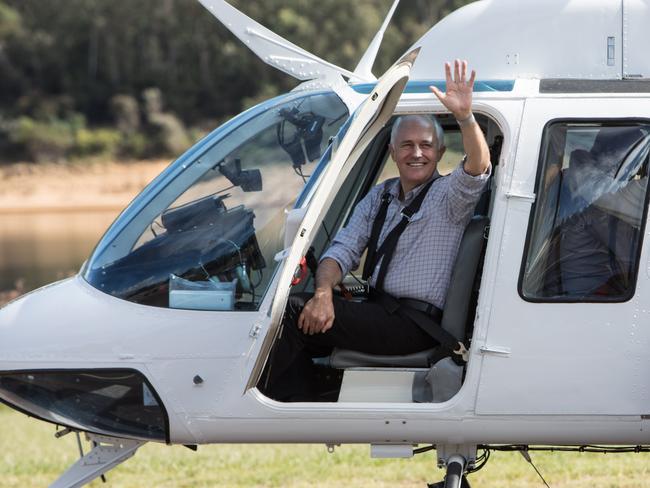
‘AN ENGINEERING MARVEL’
The Snowy Hydro scheme is located in the Snowy Mountains region and already consists of 16 major dams, nine power stations and 7000 gigalitres of storage, which is almost 12 times the volume of Sydney Harbour.
It helped forge Australia’s identity due to the contribution of the many Australians born overseas who helped construct it. About 100,000 people from more than 30 countries helped build the massive project.
When the Snowy Mountains Scheme was finished in 1974 after 25 years of construction, many Australians weren’t even born.
The scheme is run by Snowy Hydro, and generates 4100 megawatts of hydro power, more than double what the Hazelwood coal-fired power station in Victoria can produce.
Dr Roger Dargaville of the Melbourne Energy Institute said it was one of the most complex engineering projects ever undertaken.
“It has been touted as one of the greatest engineering marvels in Australia,” he told news.com.au.
“The scale is staggering and a testament to the people who put it together in the 60s and 70s.”
When it was first built it was used more for baseload power, but in recent years, it has been used to top up electricity supply during peak times.
It already provides back-up power to NSW and Victoria, but the governments says the expanded project could also power South Australia.
Dr Dargaville said the Prime Minister’s plan essentially involved taking new technology — pumped hydro — and retro-fitting this to an old system.
The expansion is expected to include building three new tunnels stretching across 27km as well as new power stations. This will enable a large-scale, pumped hydro-electric energy storage system to be installed.
It will add 2000 megawatts of renewable energy to the National Electricity Market — more than the Hazelwood power station, although coal power can operate 24/7 while hydro can only produce one week of continuous energy.

Traditional hydro generates electricity by capturing water released from a dam. As the water falls down, it is funnelled through pipes and turbines in a power station below to generate electricity.
Pumped hydro involves pumping the water back up the mountain using excess electricity during off-peak hours when power is cheap. This water is stored until there is a shortage of electricity during peak times, when it will be released to generate power.
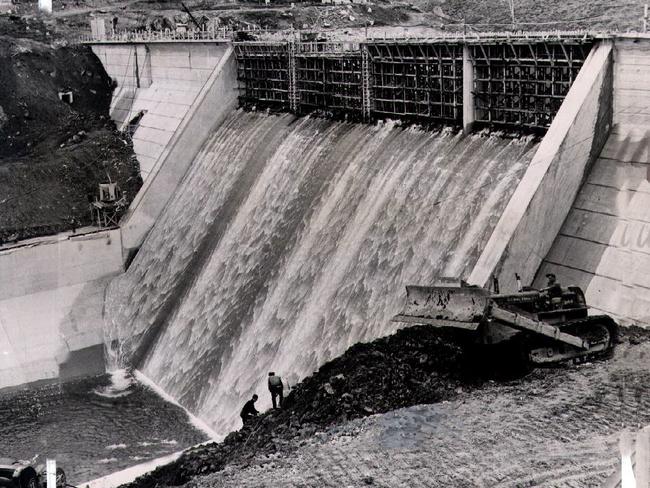
“It’s certainly worth a look,” Dr Dargaville said of the project. “The question is how much will it cost?”
Dr Dargaville said pumped hydro was a very attractive technology because in most cases, it was the cheapest form of electricity generation, but needed the right mix of water and geography to make it work.
“It’s not cheap to do ... and by most accounts the potential of the Snowy Hydro has already been tapped,” he said.
Frontier Economics managing director Danny Price said it was also “diabolically difficult” to get anything done when it comes to the Snowy Hydro as it involved negotiating with three different governments.
Snowy Hydro is largely owned by NSW, with the federal and Victorian governments minority shareholders.
“At this stage I would regard the Snowy proposal as a ‘thought bubble’,” Mr Price told ABC.
“It’s not a quick fix. The problem we face now is immediate.”
But the PM’s office was quick to respond, ringing in to the ABC to counter his criticisms, saying the extension would be built in four years.
Dr Mark Diesendorf of the University of NSW said he would be surprised if the project could be built that quickly.
“I think that’s being over-optimistic,” he told news.com.au.
He said he thought the project would take at least 10 years because they would have to tunnel through the Great Dividing Range and also build new transmission lines to handle the higher electricity capacity, which actually takes longer than building a new power station.
Dr Diesendorf is also sceptical that the expansion would help South Australia and said the benefit of the proposed project would be “negligible”.
“It will mainly benefit Snowy’s neighbours, NSW and Victoria,” he said. “SA is located out on a limb, a long way from the Snowy. It is joined by low capacity transmission lines to Victoria only.”
The Victorian government has also revealed it only found out about scheme expansion on the radio.
Energy Minister Lily D’Ambrosio said there was no warning from the federal government that the announcement was coming.
“No conversations whatsoever,” she told Radio National on Thursday. “The news is what we heard on the radio frankly. And what we woke up to this morning.”
Snowy Hydro managing director Paul Broad said the announcement was a big leap forward in keeping the lights on along the eastern part of the country.
“If fulfils a dream of our forefathers,” he told ABC radio.

The Australian Wind Alliance believes it will also encourage a rush of new wind farms across the country.
“The more energy storage we have the more wind farms we can have. Energy storage means you can smooth out the supply of wind and solar energy,” Wind Alliance national co-ordinator Andrew Bray said.
“There is no time to lose on this. Today’s announcement coincides with confirmation that mass coral bleaching has struck the Great Barrier Reef for the second year in the row and reducing pollution is the only way to stop it.”
The Australian Conservation Foundation has also welcomed reports of the expansion.
“The Prime Minister should be congratulated for finally demonstrating some leadership in dragging the government out of industrial era thinking on energy,” ACF chief executive officer Kelly O’Shanassy said.
“Hopefully this means Mr Turnbull has moved beyond 19th century coal but we don’t want to end up back in the 1950s either.
“The snowy scheme was a proud moment in Australia’s multicultural history it has also left a damaging environmental legacy on one of our most famous rivers.
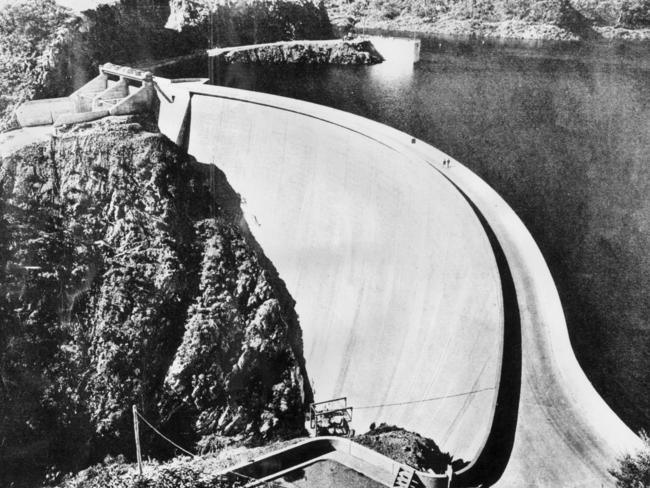
“We need to see the detail. Any adjustments to the Snowy scheme need to be considered for their impacts on the river system, agriculture and the environment. Mr Turnbull must step in where states have failed to restore flows.”
The current scheme diverts water from 12 rivers and 71 creeks across the Murray-Darling Basin.
Navigating the environmental concerns and overcoming the engineering challenges of boring tunnels through mountain rock, are just two of the hurdles the government will have to overcome.
Here’s what we know.
HOW IT WORKS:
The Prime Minister has yet to reveal full details of the scheme but it will reportedly be a $2 billion project — the first major expansion since the scheme was first built in 1974.
It will include three new tunnels stretching across 27km as well as new power stations to connect existing storage areas, but it will not include the construction of any new dams.
The construction will enable a large-scale, pumped hydro-electric energy storage system to be installed.
The government, through the Australian Renewable Energy Agency (ARENA), will examine several sites.
The system works by pumping water up the mountains during off-peak hours, likely using coal-fired electricity overnight, when power is cheap. This water is stored until there is a shortage of electricity during peak times, when it will be released to generate power.
The new plans are not expected to have an impact on water supplies to irrigators.
Mr Broad said four sites had already been identified for the expansion but each will have to be examined for their geological and economic impacts.
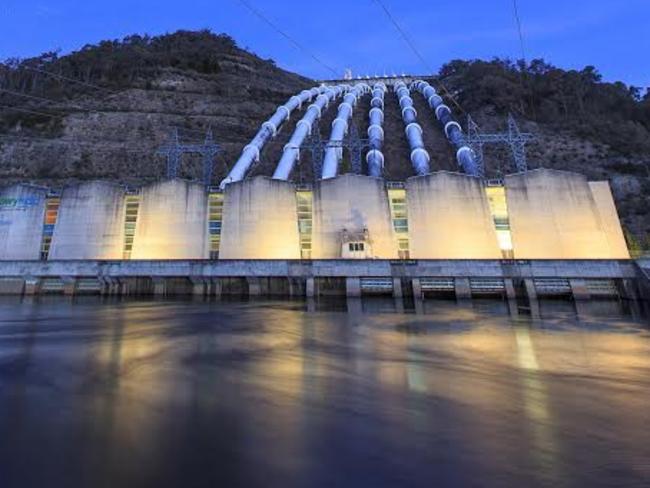
IT WILL BE ‘GAME-CHANGING’
The Prime Minister has said the expansion would help make renewables reliable.
“It will enable greater energy efficiency and help stabilise electricity supply into the future,” Mr Turnbull told the Daily Telegraph ahead of the announcement.
“Every Australian should be confident that they can turn the lights on when they need them. We will always put sensible, considered energy decisions ahead of reckless targets that cannot guarantee power supply to Australians.”
Thousands of jobs are expected to be created during the construction phase, and Energy Minister Josh Frydenberg confirmed the price tag would be in the billions of dollars.
“The amount of new power we’re talking about here will be bigger than the Hazelwood power plant which is scheduled to close at the end of this month, ” he told ABC radio.
“So this is a game changing announcement, something that is iconic in Australia and I think it should be welcomed by all Australians.”
The expansion will be revealed just two days after South Australia announced it is building a $550 million gas-fired power station and storage battery to address the problems the state has been experiencing with blackouts.
Mr Turnbull has been critical of South Australia’s plans, describing them as “inadequate” and a “very expensive game of catch-up”.
The PM’s scheme will produce 20 times the 100Mw/h expected from the battery proposed in South Australia, and deliver it constantly for almost a week.
The Australian Renewable Energy Agency will be asked to produce a feasibility study of several sites. That study is expected to be complete by the end of the year.
— With AAP



